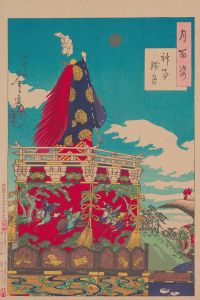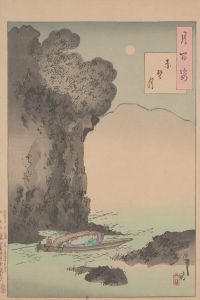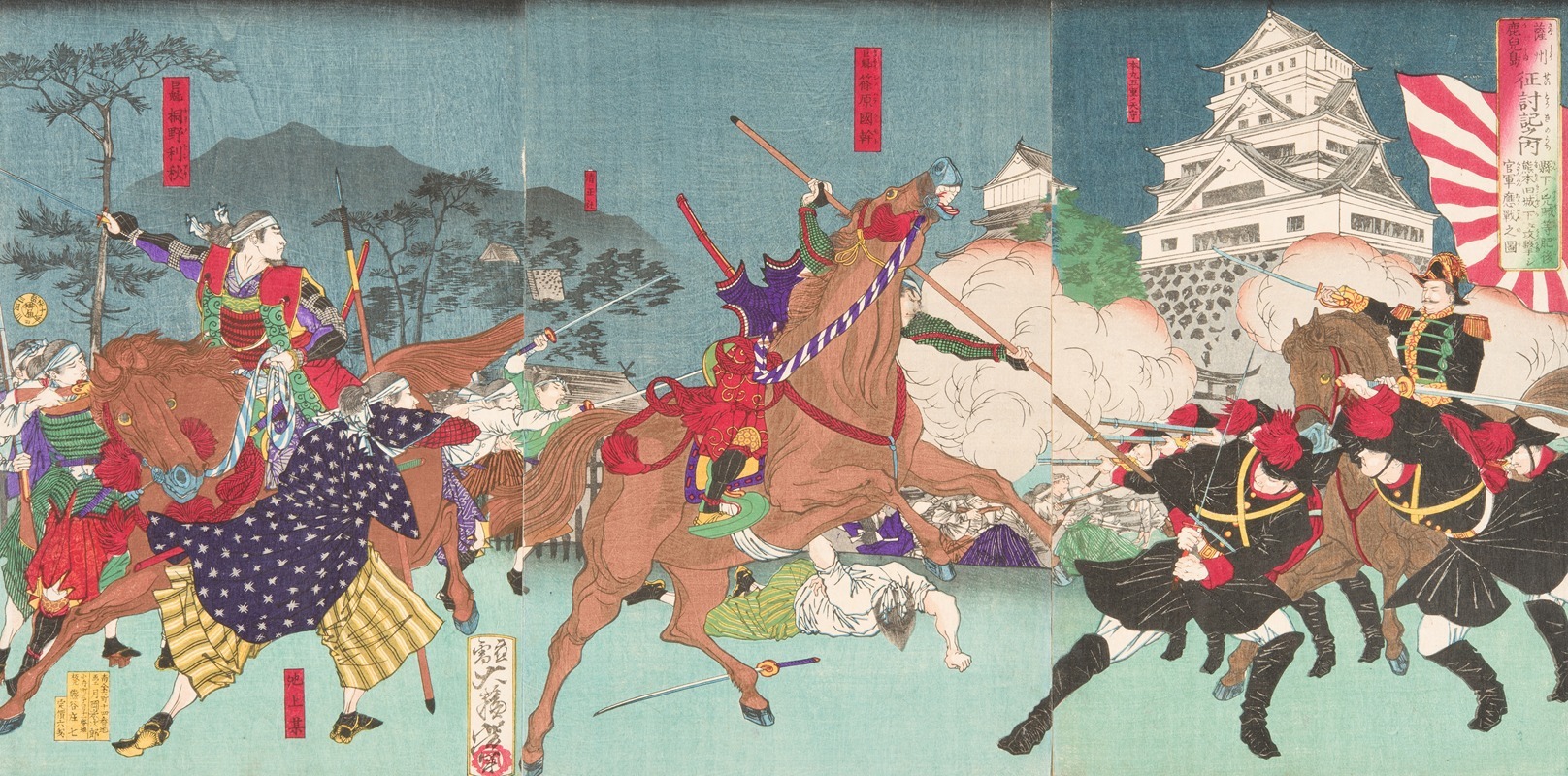
Battle before Kumamoto Castle
A hand-painted replica of Tsukioka Yoshitoshi’s masterpiece Battle before Kumamoto Castle, meticulously crafted by professional artists to capture the true essence of the original. Each piece is created with museum-quality canvas and rare mineral pigments, carefully painted by experienced artists with delicate brushstrokes and rich, layered colors to perfectly recreate the texture of the original artwork. Unlike machine-printed reproductions, this hand-painted version brings the painting to life, infused with the artist’s emotions and skill in every stroke. Whether for personal collection or home decoration, it instantly elevates the artistic atmosphere of any space.
"Battle before Kumamoto Castle" is a woodblock print created by the renowned Japanese artist Tsukioka Yoshitoshi. Yoshitoshi, who lived from 1839 to 1892, is celebrated for his innovative approach to traditional ukiyo-e art, a genre of Japanese woodblock prints that flourished from the 17th through 19th centuries. His works often depicted historical scenes, kabuki actors, beautiful women, and supernatural themes, and he is particularly noted for his dynamic compositions and expressive use of color.
This particular print, "Battle before Kumamoto Castle," is part of Yoshitoshi's series "A New Selection of Eastern Brocade Pictures" (Shinsen Azuma Nishiki-e), which was produced in the late 19th century. The series is known for its vivid portrayal of historical events and figures from Japanese history, often dramatized to capture the viewer's imagination.
The artwork depicts a scene from the Satsuma Rebellion, a significant conflict in Japan's Meiji period. The rebellion took place in 1877 and was led by Saigō Takamori, a former samurai and influential figure who opposed the rapid modernization and westernization policies of the Meiji government. Kumamoto Castle, located in Kyushu, was a strategic stronghold during this conflict. The castle was besieged by Saigō's forces, marking one of the critical battles of the rebellion.
Yoshitoshi's print captures the intensity and drama of the battle, showcasing his skill in conveying movement and emotion. The composition likely includes samurai warriors engaged in combat, with detailed attention to their armor and weaponry, reflecting the traditional samurai ethos and the tumultuous nature of the period. The backdrop of Kumamoto Castle serves as a symbol of the old feudal order that was being challenged by the new Meiji government.
Yoshitoshi's work is significant not only for its artistic merit but also for its historical context. The Satsuma Rebellion was one of the last major samurai uprisings in Japan and marked a turning point in the country's transition from a feudal society to a modern state. Through his art, Yoshitoshi provides a window into this transformative period in Japanese history, capturing the tension between tradition and change.
The print is also notable for its technical execution. Yoshitoshi was known for his mastery of the woodblock printing process, which involved multiple stages of carving and printing to achieve the final image. His use of color and line work in "Battle before Kumamoto Castle" exemplifies his ability to create depth and drama, drawing the viewer into the historical narrative.
Today, Tsukioka Yoshitoshi is regarded as one of the last great masters of the ukiyo-e tradition. His works continue to be studied and admired for their artistic innovation and historical significance. "Battle before Kumamoto Castle" remains an important piece within his oeuvre, reflecting both the artist's skill and the complex history of 19th-century Japan.





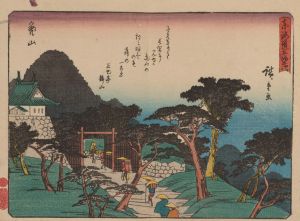
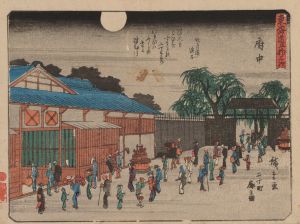
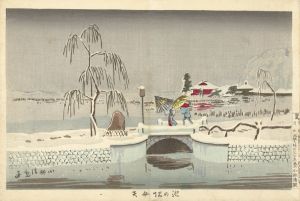
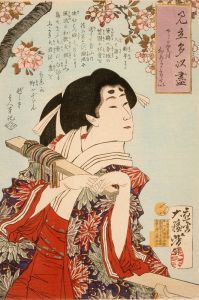
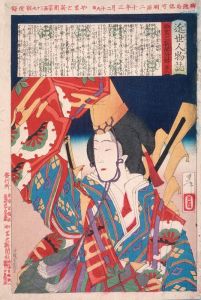
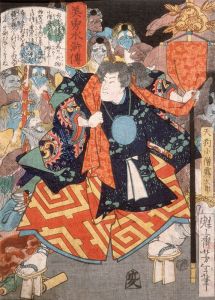
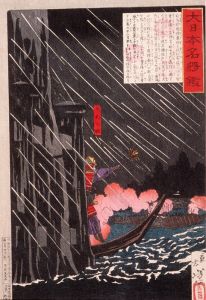
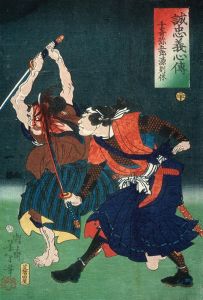
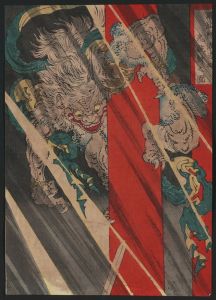
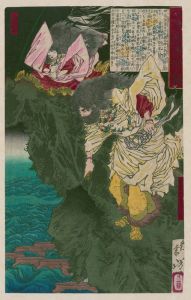
![Musha]taira no tomomori](/imgs/225657/s/tsukioka-yoshitoshi-mushataira-no-tomomori-bb591b96.jpg)
